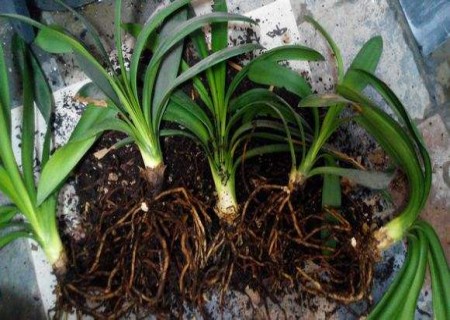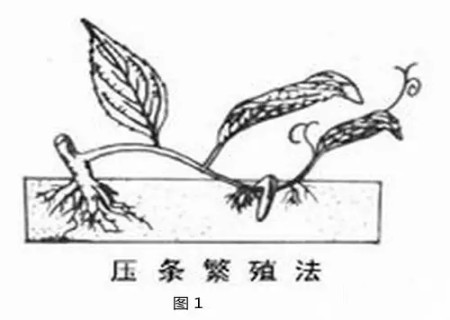Pruning of persimmon bonsai
Laoya persimmon is a star tree species in the field of potted plants. at the exhibition, it is not only affirmed by potted lovers, but also loved by the general public. In addition to the tree-shaped persimmon, which mainly appreciates fruit, according to the color, shape, size, sepals and oil-dripping spots of the fruit, the Japanese persimmon Association has registered many names, and lovers can choose and buy materials or semi-finished products according to their favorite fruit-shaped color or spots, and there will soon be flowers and fruits to enjoy.

Laoya persimmon is adorable because of its unique tree posture and lovely fruit, coupled with easy cultivation and reproduction, not easy to lose branches, only pruning can create distinctive potted plants, which is one of the best potted materials suitable for most people to cultivate and enjoy. Laoya persimmon is more shady and pruning-resistant, so it is the preferred tree species for greening and bonsai, and has a good development prospect!
There are several key times for the pruning of Laoyao persimmon bonsai: first, before spring germination, before March, when it is easy to sprout new buds on the branches; second, cut off the overgrown branches in spring in summer to maintain a good proportion, and the viewing period is long after pruning, and it can make the autumn buds retract and compact; third, spring buds are conceived after the branches are thickened and cut in autumn, and autumn shears pay attention to retain the fruiting branchlets to benefit the female plants.
Grasping the critical time of three pruning can make the tree branch compact and perfect. The cold-type persimmon mainly sprouts in spring every year, and it must be shrunk before the Mid-Autumn Festival in order to give birth to new buds through the winter and flourish spring buds.
The thick roots trimmed when changing pots can be buried and propagated, and some fruits can be removed after changing pots, so as to reduce the burden on trees. Black-spotted leaves had better be removed immediately and sealed and discarded with a chain bag to avoid infection; crows without blossom and fruit are suitable for posture and clipping, and can begin to wrap aluminum wire after falling leaves.
Small pruning can be done after pruning, with the principle that two to three buds are left on each branch, and the extra branches and buds are cut off; after leaf pruning, twigs can be wrapped around aluminum wires to correct the direction and angle of the branches, but remember to remove them before ligature marks occur (about 2-3 months).
Time: 2019-06-09 Click:
- Prev

How to divide the plants of Cymbidium and points for attention
In general, after 3-4 years of growth, the orchid will grow a lot of small buds in the rhizome, less than 1, more than a dozen. And if these small buds are transplanted and properly maintained, they will grow into magnolia and blossom after 1-2 years.
- Next

Graphic method of High pressure Propagation of Prunus mume
Some novice flower friends do not understand what is high-pressure reproduction, high-pressure reproduction is a kind of striping propagation, striping is divided into high pressure and low pressure, low-pressure reproduction is simply to press the branches directly to the ground, as shown in figure 1. The high pressure (figure 2) is due to the fact that some plant branches are not easy to bend.
Related
- Fuxing push coffee new agricultural production and marketing class: lack of small-scale processing plants
- Jujube rice field leisure farm deep ploughing Yilan for five years to create a space for organic food and play
- Nongyu Farm-A trial of organic papaya for brave women with advanced technology
- Four points for attention in the prevention and control of diseases and insect pests of edible fungi
- How to add nutrient solution to Edible Fungi
- Is there any good way to control edible fungus mites?
- Open Inoculation Technology of Edible Fungi
- Is there any clever way to use fertilizer for edible fungus in winter?
- What agents are used to kill the pathogens of edible fungi in the mushroom shed?
- Rapid drying of Edible Fungi

